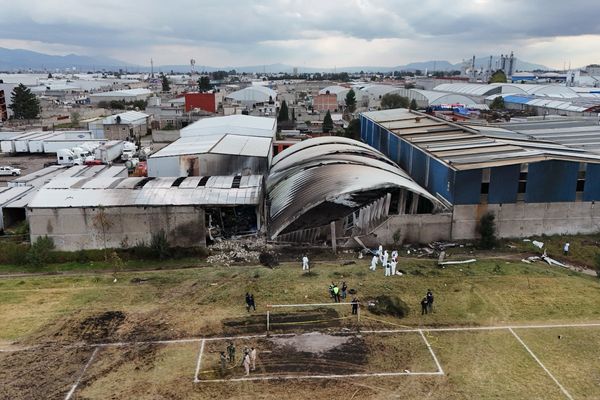If you have been a part of a Kailash Manasarovar Yatra, chances of you seeing brightly colored cloth in the wind is high.
We call these Tibetan prayer flags, also they are more than just decor. For pilgrims traveling the sacred route around Mount Kailash these flags have great spiritual and cultural value.
What Are Tibetan Prayer Flags?
Tibet is home to small sized cloths which are tied at mountain passes, bridges, and sacred sites in the Himalayas.
In Tibet and Nepal, you will see them all over the place, also around Mount Kailash Yatra, Lake Manasarovar, and Dolma La Pass.
There in five which are the colors of the flags and each stand for an element:
- Blue – Sky or space
- White – Air or wind
- Red – Fire
- Green – Water
- Yellow – Earth
These 5 elements are the base of all life, and the flags play a role in their balance in nature and within us.
The Meaning Behind the Flags
Each flag features sacred mantras, prayers, and depictions of deities or Wind Horse (Lung-ta) symbols.
The Wind Horse which is the symbol of the carried prayers of the wind that brings peace, compassion, strength, and wisdom to all.
In Tibetan belief the wind which plays over the flags brings in blessings, that at each blow of the wind the world is charged with a silent prayer.
That is why the flags are not put away or stored inside. They are left out in open areas which the wind passes through which carries the prayers.
Why do Prayer flags appear on the Kailash Yatra?
The Kailash Mansarovar Yatra is a very holy pilgrimage. It is very spiritual, we also note that the circuit around Mount Kailash which we call Parikrama is a sacred site for Hindus, Buddhists, Jains, and followers of Bon religion.
During the yatra as you pass through high points like Dolma La Pass (5,630 m) you will see prayer flags in great number. This is for a few reasons:
Marking Sacred Places: Prayer flags fly which marks these areas as holy. At Yam Dwar, Dirapuk, and Zuthulpuk they are put out.
Seeking Protection: Many of the pilgrims bring their own flags in which they attach their prayers for safety, health, and success in finishing the trek.
Honoring the Divine: Mount Kailash is thought to be the home of Lord Shiva, and it is a place which devotees offer prayer flags as a form of respect.
At what time and how do the flags go up?
Prayer flags are put out at special times which include full moons and at very lucky days in the Tibetan calendar.
It is not uncommon for pilgrims to bring their own flags which they tie up at key points in the trek which may be when they reach the top at Dolma La or finish the parikrama.
Also see how we properly display the flags. We put them out from left to right which goes from blue to yellow. It is said that putting them in this order helps to balance the elements and bring about harmony.
Do you bring prayer flags on your Yatra?
Many of the pilgrims that go on the Kailash Manasarovar Yatra bring along with them sets of prayer flags.
You can write in your own prayers or the names of the loved ones on them which you then hang at a sacred site. It is a very personal touch you can give to your spiritual journey.
Some people do bring back a few flag souvenirs, which is fine, but do not remove or use the flags which are left at sacred sites they are offerings which should be left alone.
Final Thoughts
Tibetan prayer flags indeed are a form of art they are symbols of faith, hope, and spiritual connection. On the Kailash Manasarovar Yatra they add color to the mountains.
They also put into our minds that which we pray for, that which we wish for better, and positive thoughts do in fact travel far beyond us at the end of the trek which is carried by the wind.
So, the next opportunity you see these flags waving in the wind take a moment. Feel the peace that is present. You are a part of a very old ritual which ties in all who travel this holy path.







